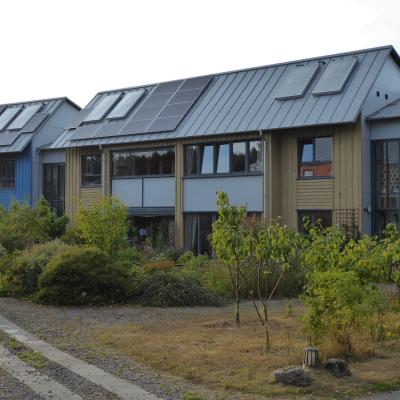COP26 has been and gone. Should I be glad that something was agreed, or sad that it is clearly not enough? Glass half full, or half empty? Optimistic or pessimistic? Read on to reveal my mix of emotions.
The starting point is that I had low expectations for this COP (United Nations conference of the parties). The fact that the Chinese and Russian leaders did not turn up was bad sign. Some sub-agreements were made; one on cutting methane, one on phasing out the use of petrol and diesel engines, and a third on stopping deforestation; but even these relatively uncontroversial areas were not agreed upon by all countries.
The end result was a statement to 'phase down' the use of coal; watered down from the draft of 'phase out'. This is a big difference. Phase out means to eliminate, phase down is to reduce. At least we know which countries to put future pressure on - India and China. Greta - take note. Of course India and China argue that the 'west' became wealthy on the back of burning cheap coal, so why shouldn't they? I guess the answer is that if they do our future climate will be unpleasant at best for all citizens and wildlife. Don't forget that 1.5 degrees is a nightmare on its own with forest fires, coral loss, flooding and unstoppable rising sea level.
So an agreement was reached by consensus, watered down to a fairly low common denominator. That is the way these international negotiations work so we shouldn't be surprised.
In the real world, carbon reductions do not happen just because of climate agreements. There is a complicated cascade:
- governments agree multi-national climate agreements (COPs)
- governments agree their own climate strategies (relatively easy)
- governments need to finance the action plans (a problem in the USA)
- citizens need to accept, or go along with these plans (people often object to changes eg carbon taxes or reducing fuel subsidies)
- the finance community needs to finance the plans
- businesses need to make the changes in line with the plans
- the plans need to work in action, without a 'rebound' effect (carbon emissions increasing elsewhere as a consequence of a change)
- governments need to measure the reduction in emissions without creative accounting, inadequate data or downright cheating
And then we need to hope that 'natural' feedback effects do not drown out the carbon reductions made by humans. And this is the really scary bit. Forest fires releasing carbon and methane from melting permafrost are the two top fears. There are plenty more, and perhaps some unexpected surprises too.
So, in conclusion, you might be expecting a message of hope, but really we need to do much, much more. Better than no agreement is the best I can say, and the most optimistic thing I can end on is that countries agreed to come back in a year's time with new climate commitments.
Carbon Choices
If you have enjoyed this blog, please share with others on social media. You might also enjoy Carbon Choices on the common-sense solutions to our climate and nature crises. Available direct from me or from Amazon. I am donating one third of profits to rewilding projects. I am also available to give presentations on 'rewilding' or on the 'common-sense solutions to our climate crisis'.
_medium.jpg)





